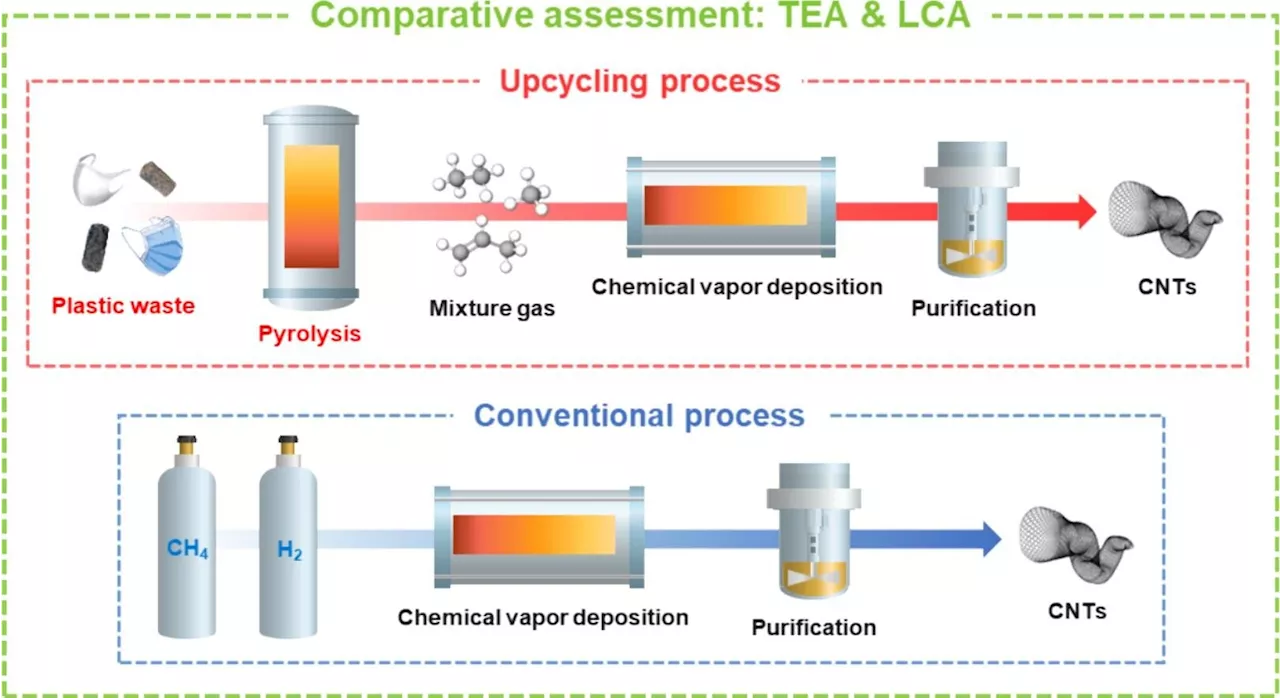Researchers have demonstrated a promising sterilization technique that uses X-ray irradiation to reduce Aspergillus flavus viability in contaminated corn. This method achieves sterilization without degrading the harmful aflatoxin B1 (AFB1) produced by the fungus.
Researchers have demonstrated a promising sterilization technique that uses X-ray irradiation to reduce Aspergillus flavus viability in contaminated corn. This method achieves sterilization without degrading the harmful aflatoxin B1 produced by the fungus.
By disabling Aspergillus flavus, the method stops the fungus from transmitting spores and producing more aflatoxins. This is crucial to allowing more laboratories to join the fight against fungal toxin prevention and control. Stabilizing toxin levels allows scientists to develop and test additional remediation techniques that target aflatoxin degradation without the complication of ongoing fungal growth.
Glesener is a graduate research assistant in the Biodesign Center for Health Through Microbiomes and a biological design PhD student in ASU's School for Engineering of Matter, Transport and Energy. Aflatoxin contamination is a significant global concern, especially in humid, tropical and subtropical regions. It is most prevalent in Africa, Asia and parts of South America, where warm conditions can jump-start the growth of Aspergillus species.
The World Health Organization estimates that aflatoxins contribute to approximately 5% to 28% of global cases of liver cancer, with the highest burden in sub-Saharan Africa, Southeast Asia and China. Every year, aflatoxin exposure is estimated to cause 25,000 to 155,000 liver cancer deaths worldwide. Further, the effects of aflatoxin exposure, even at lower levels, are more severe in animals.
Hannah Glesener, Darya Abdollahzadeh, Christopher Muse, Rosa Krajmalnik-Brown, Mark A. Weaver, Lee E. Voth-Gaeddert.The past attempts of honey bee researchers to inventory the fungal diversity in honey bee colonies revealed that Aspergillus flavus is frequently found in hives. In a new study, researchers have ...
Agriculture And Food Food And Agriculture Microbes And More Food Soil Types Nature Veterinary Medicine
United States Latest News, United States Headlines
Similar News:You can also read news stories similar to this one that we have collected from other news sources.
 Researchers advance carbon neutrality by producing carbon nanotubes from waste plasticA research team in the Department of Energy and Chemical Engineering at UNIST has unveiled an innovative technology for converting waste plastics into carbon nanotubes (CNTs), a high-value material that plays a critical role in achieving carbon neutrality and promoting a circular economy.
Researchers advance carbon neutrality by producing carbon nanotubes from waste plasticA research team in the Department of Energy and Chemical Engineering at UNIST has unveiled an innovative technology for converting waste plastics into carbon nanotubes (CNTs), a high-value material that plays a critical role in achieving carbon neutrality and promoting a circular economy.
Read more »
 Children can inherit early aging symptoms from parents who abuse alcohol, researchers findResearchers say they now know that offspring are inheriting dysfunction in their mitochondria as a result of their parents' substance abuse. This dysfunction causes these individuals to show early signs of age-related disease when they're still considered young, usually in their 40s.
Children can inherit early aging symptoms from parents who abuse alcohol, researchers findResearchers say they now know that offspring are inheriting dysfunction in their mitochondria as a result of their parents' substance abuse. This dysfunction causes these individuals to show early signs of age-related disease when they're still considered young, usually in their 40s.
Read more »
 Researchers discover there was an overseas trade supplying horses for sacrifices during the late Viking agePrehistoric communities from Iceland to the Eurasian Steppe sacrificed horses as part of their funeral rites. These Baltic tribes, known as the Balts, sacrificed horses longer than anywhere else in Europe, up until the 14th century.
Researchers discover there was an overseas trade supplying horses for sacrifices during the late Viking agePrehistoric communities from Iceland to the Eurasian Steppe sacrificed horses as part of their funeral rites. These Baltic tribes, known as the Balts, sacrificed horses longer than anywhere else in Europe, up until the 14th century.
Read more »
 Researchers pump extra CO₂ into an oak forest and discover trees will be 'woodier' in futureOak trees accumulate more wood when there is more carbon dioxide (CO₂) in the atmosphere. That's the key finding from our new study, carried out in a long-established forest in Staffordshire, England, that we have turned into a huge field experiment by injecting with extra CO₂.
Researchers pump extra CO₂ into an oak forest and discover trees will be 'woodier' in futureOak trees accumulate more wood when there is more carbon dioxide (CO₂) in the atmosphere. That's the key finding from our new study, carried out in a long-established forest in Staffordshire, England, that we have turned into a huge field experiment by injecting with extra CO₂.
Read more »
 Researchers identify new dead zone south of Mississippi Coast, work toward solutionsIn late July, Louisiana State University researchers found a hypoxic “dead zone” east of the Mississippi River, due south of the Mississippi Gulf Coast.
Researchers identify new dead zone south of Mississippi Coast, work toward solutionsIn late July, Louisiana State University researchers found a hypoxic “dead zone” east of the Mississippi River, due south of the Mississippi Gulf Coast.
Read more »
 Stonehenge's 6-ton Altar Stone came from hundreds of miles away in Scotland, researchers sayStonehenge's Altar Stone, weighing roughly six tons, was brought to the site from Scotland and not Wales, as was previously thought, researchers said.
Stonehenge's 6-ton Altar Stone came from hundreds of miles away in Scotland, researchers sayStonehenge's Altar Stone, weighing roughly six tons, was brought to the site from Scotland and not Wales, as was previously thought, researchers said.
Read more »
